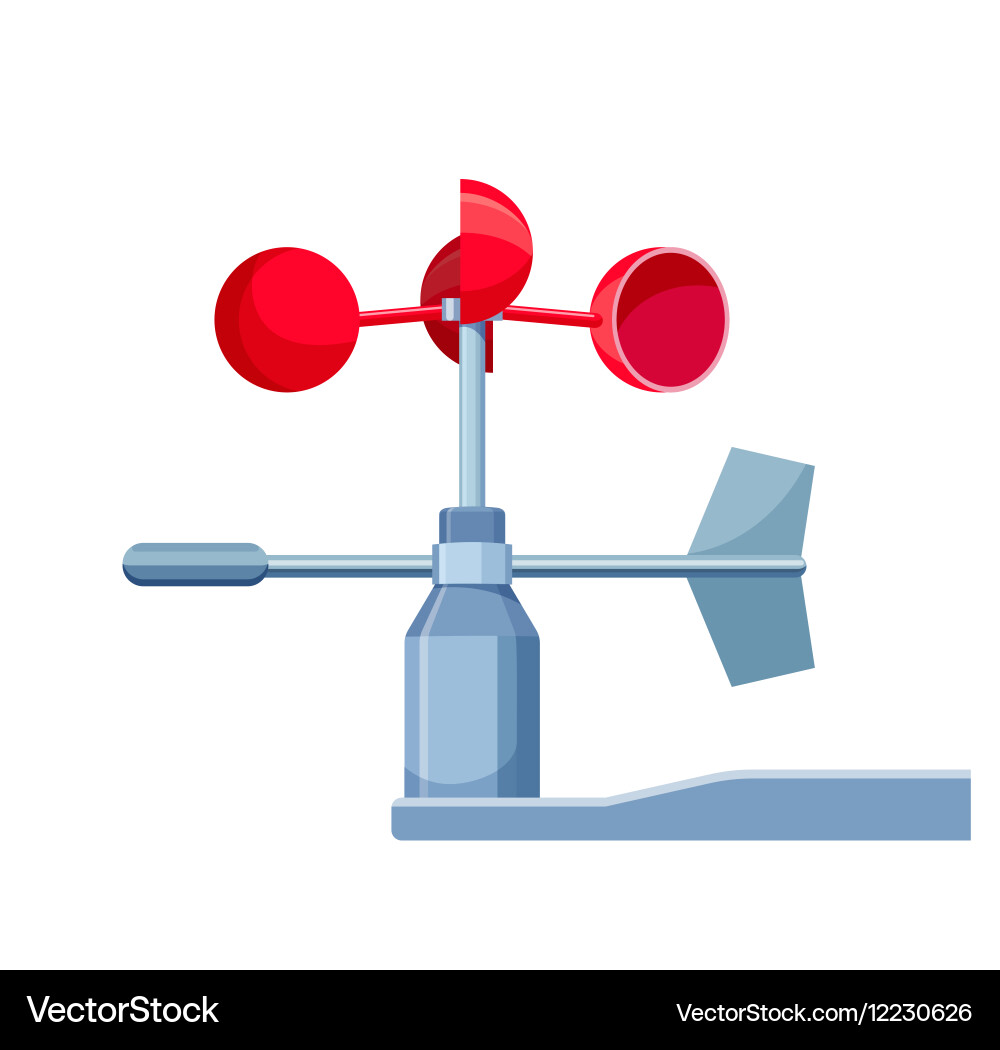Expert Tips for Calibrating Your Anemometer for Optimal Efficiency
Wiki Article
All You Required to Know About Anemometers: Just How They Work, Why They Issue, and Where to Make use of Them
Anemometers, however commonly overlooked in the realm of scientific instruments, play a critical role in different areas, supplying valuable insights right into wind speed and airflow patterns. As we dig right into the intricacies of anemometer innovation, we will certainly reveal the inner workings of these gadgets, their value, and the key factors to consider when picking the right anemometer for particular applications.
Anemometer Fundamentals
An essential tool utilized to gauge wind speed and instructions, the anemometer plays a vital role in weather forecasting and different industries. An anemometer commonly consists of 3 or four mugs that rotate in the wind, a vane that points into the wind, and sensing units to track the activities or rotations.
There are numerous kinds of anemometers offered, consisting of mug anemometers, vane anemometers, hot-wire anemometers, and sonic anemometers, each with its distinct attributes and applications. Mug anemometers are frequently made use of for basic wind speed dimensions, while vane anemometers are preferred for directional measurements.
Concepts of Anemometer Procedure
Structure on the foundational understanding of anemometer basics, the concepts of anemometer procedure clarify the technicians behind wind speed and direction dimensions. Cup anemometers, for circumstances, have three or more mugs that capture the wind, creating them to rotate faster as the wind rate boosts. Hot-wire anemometers rely on a warmed wire that cools down as wind passes over it, with the price of cooling identifying the wind speed.Value of Anemometers
Anemometers play a critical function in gauging wind speed and instructions, supplying essential data for weather forecasting, environment researches, ecological surveillance, and aeronautics procedures. Meteorologists count on anemometers to collect exact wind data, assisting them comprehend weather patterns, see this forecast storms, and concern prompt cautions to the public. Wind farm drivers make use of anemometers to analyze wind problems and maximize power production from wind generators.Applications Throughout Different Industries
In the renewable energy field, anemometers play a crucial function in examining wind problems for wind farm placements, guaranteeing ideal energy production. Industries like construction and mining utilize anemometers to keep track of wind speeds, essential for security protocols, especially when working at heights or in open-pit mines where solid winds can pose my link hazards. In agriculture, anemometers assist farmers in managing crop spraying by offering real-time information on wind rate to prevent drift.
Selecting the Right Anemometer for Your Demands
For basic functions, a cup anemometer is appropriate for determining wind rate, while a vane anemometer supplies wind direction data. Hot-wire anemometers are perfect for low airspeed measurements, and ultrasonic anemometers supply high precision and longevity.
Conclusion
In final thought, anemometers play an important role in measuring wind speed and instructions across different sectors. It is important to think about the value of anemometers in order to make informed decisions when selecting the most ideal tool for measuring wind conditions.There are different kinds of anemometers available, including cup anemometers, vane anemometers, hot-wire anemometers, and sonic anemometers, each with its one-of-a-kind attributes and applications. Cup anemometers are typically utilized for standard wind rate dimensions, while vane anemometers are preferred for directional measurements. Hot-wire anemometers are suitable for low airspeeds, and sonic anemometers are suitable for high-precision dimensions in research and industrial settings.Building on the foundational understanding of anemometer essentials, the principles review of anemometer procedure illuminate the auto mechanics behind wind rate and instructions dimensions. For basic functions, a mug anemometer is ideal for gauging wind rate, while a vane anemometer provides wind instructions information.
Report this wiki page